Many streets change trees simultaneously
Since the beginning of October, every day going to work, Vinh city residents cannot help but be surprised to see that at the same time, Le Hong Phong and Minh Khai streets, the two central streets of the city, had their sidewalks dug up to construct drainage box culverts, install underground pipes for power and telecommunication cables, and simultaneously trim and move a series of trees elsewhere. Previously, along with infrastructure upgrade investment, a series of other trees on Ho Tung Mau and Nguyen Van Cu walking streets or Phan Dinh Phung and Tran Phu streets were also cut down and moved to plant new trees. Although following the design plan, the tree replacement has also caused public concern...

For example, Mr. Ho Van Cung at 171 Le Hong Phong Street, Hung Binh Ward felt regretful when the mango tree in front of his sidewalk on Le Hong Phong Street, which was flourishing, was cut down and moved to another place to be planted. According to him, to have a shady tree row, it takes decades of care and protection, so when cutting it down to plant a new tree, although it is more beautiful, the effectiveness is unknown, so it is understandable that people are worried.

Talking about replacing trees on the streets, Mr. Nguyen Viet Duc - Head of the Urban Management Department of Vinh City explained: Previously, due to limited resources, the city only paid attention to investing in technical infrastructure such as roads and drainage ditches, while the urban green tree network was not given adequate attention and investment. In fact, in the past, after completing the construction of roads and sidewalks, if the city invested in trees on a street, the green tree company would plant available and cheap trees such as Lagerstroemia, mango, black star, etc. On the remaining streets, agencies, units, and people planted whatever trees were convenient, not according to the design, as long as there was shade quickly.

In fact, after a period of spontaneous investment in planting trees, along with the requirement of urban beautification towards green - clean - beautiful, the urban tree network of Vinh has revealed many shortcomings. On many streets, trees such as sycamore and royal poinciana trees have rotted, so there is a high risk of them falling down during storms.
Not only that, according to the Flood and Storm Prevention Command of wards and communes, large-leafed trees are partly responsible for flooding on the streets. The reason is that every time there is heavy rain, the wind causes the leaves to fall down with the water, blocking the mouths of the sump pits and wells along the sidewalks. Therefore, it is necessary to evaluate, plan and network the trees to design and replant appropriately.

The representative of the Vinh City Urban Management Department added: Since 2017, based on the assessment of the results of the implementation of the Urban Tree Development Project for the period 2007-2017, Vinh City has had a plan that, along with investing in upgrading technical infrastructure and urban beautification to develop themed streets, Vinh City will review and remove trees that have rotted or are no longer suitable; at the same time, gradually plant new trees that meet the criteria for urban trees and move towards designing each street to plant a special type of tree to create a highlight. This has been done quite successfully by large cities and famous tourist cities. Trees not only create shade but also create space and highlights for people and tourists to have fun and check-in every blooming season...
New trees create highlights for the streets
The replacement and replanting of trees on Nguyen Thi Minh Khai and Le Hong Phong streets after upgrading the technical infrastructure of the roads and sidewalks is part of the urban beautification plan of the city's central streets. Before deciding to plant all the Lagerstroemia trees on Le Hong Phong Street and the Euphorbia trees on Nguyen Thi Minh Khai Street, the city considered and consulted many other tree models to come up with a plan and submit it to the City People's Committee for approval.

From the experience of converting trees in the above urban beautification projects, along with upgrading infrastructure, Vinh city has boldly invested in replacing trees on Cao Thang, Ho Tung Mau and Le Nin streets, most recently Nguyen Van Cu street and is currently implementing on Le Hong Phong and Nguyen Thi Minh Khai streets.

For example, recently on Le Hong Phong Street, out of 511 existing trees, 89 were unsuitable or rotten, with a high risk of falling, so they had to be liquidated. Only 85 Lagerstroemia trees could be used and replanted. The rest would be moved to another suitable place to plant.
Similarly, out of 309 existing trees on Nguyen Thi Minh Khai Street, 8 trees had to be liquidated due to rotting, 301 trees had to be moved to other places, only 45 suitable trees were selected to be relocated and replanted. Previously, trees on Ho Tung Mau, Phan Dinh Phung or Nguyen Van Cu Streets that were no longer suitable were also replaced, moved to be planted in parks or premises of agencies, units, wards and communes in the city.

The leader of the Urban Management Department said: Not only now but in the future, according to the proposed roadmap and based on resource conditions, the city will gradually replace trees on the streets. In addition to investment resources from the budget, the city also attracts socialization by encouraging project investors and people to plant new trees on street sidewalks and public places according to approved planning and design.

On the people's side, they want Vinh City to increase the proportion of trees and develop a network of trees to create highlights for the streets. However, before replacing trees on the streets, they should consult with urban and forestry experts. In addition, it is necessary to publicize information and the roadmap for replacing trees on the streets so that people can grasp, understand and have a high consensus./.
Source




![[Photo] Prime Minister Pham Minh Chinh chairs the conference to review the 2024-2025 school year and deploy tasks for the 2025-2026 school year.](https://vstatic.vietnam.vn/vietnam/resource/IMAGE/2025/8/22/2ca5ed79ce6a46a1ac7706a42cefafae)


![[Photo] President Luong Cuong receives delegation of the Youth Committee of the Liberal Democratic Party of Japan](https://vstatic.vietnam.vn/vietnam/resource/IMAGE/2025/8/22/2632d7f5cf4f4a8e90ce5f5e1989194a)

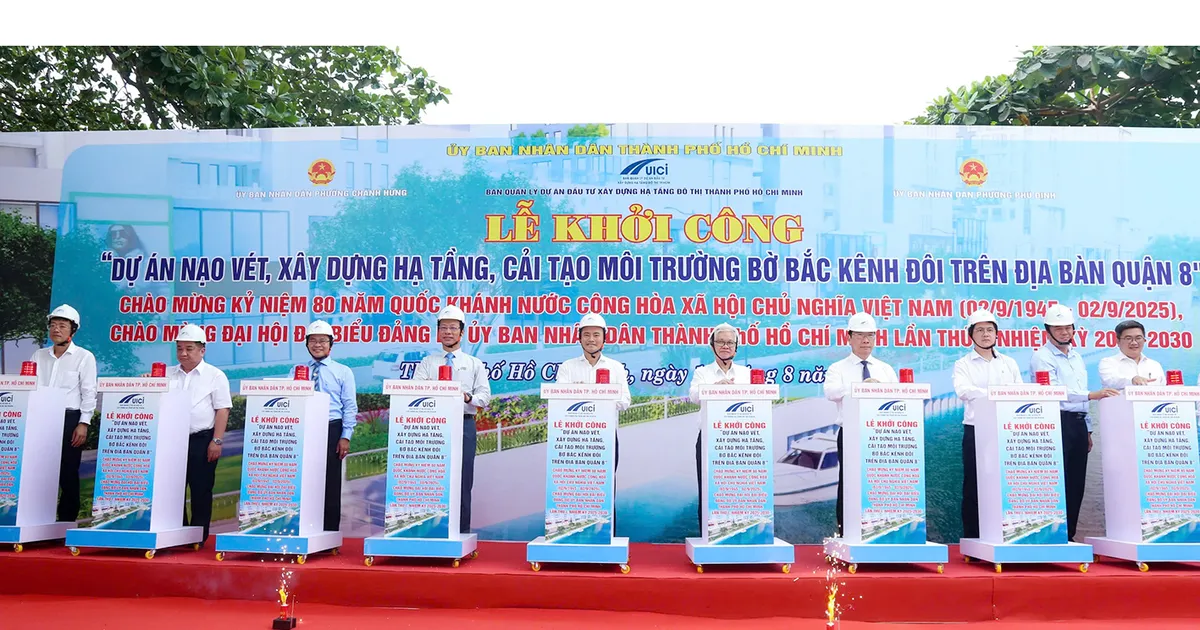

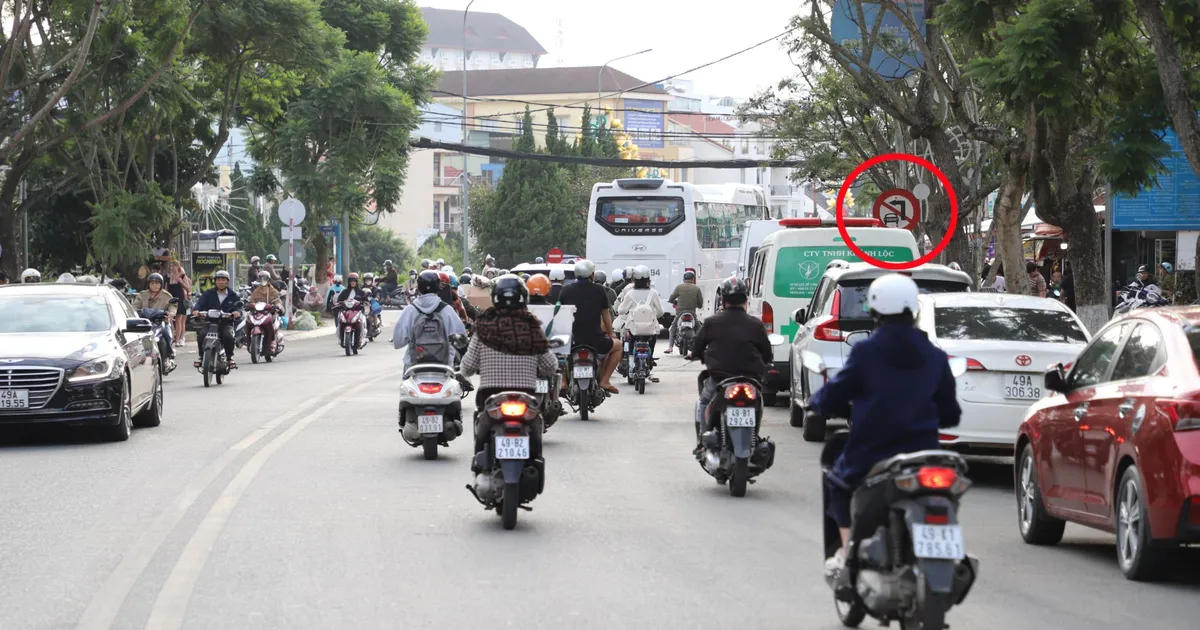
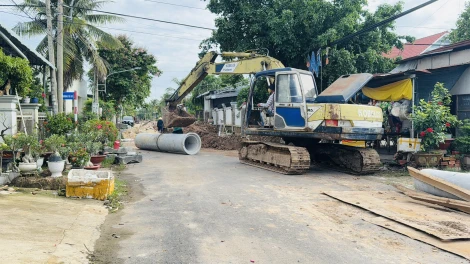

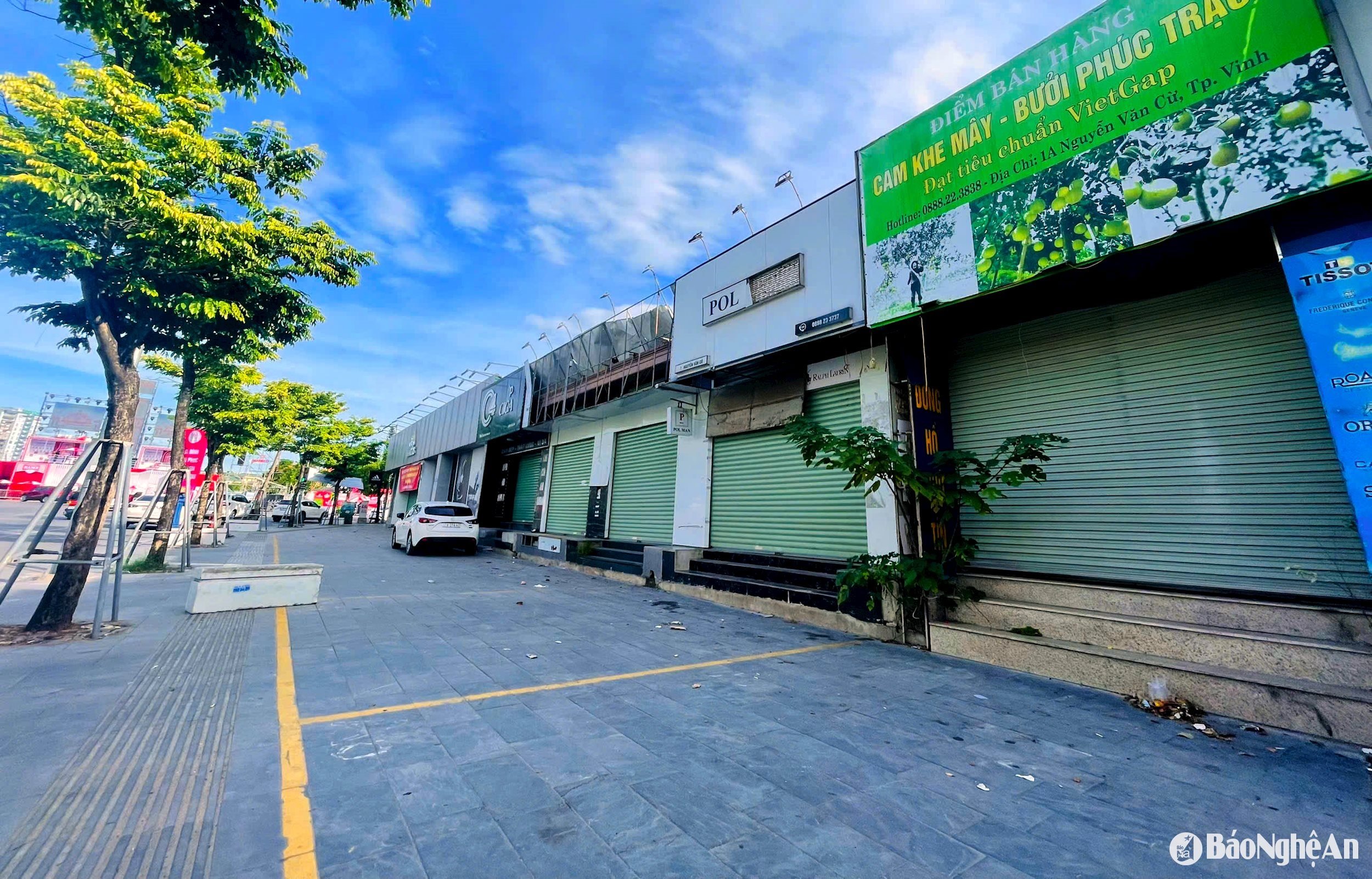

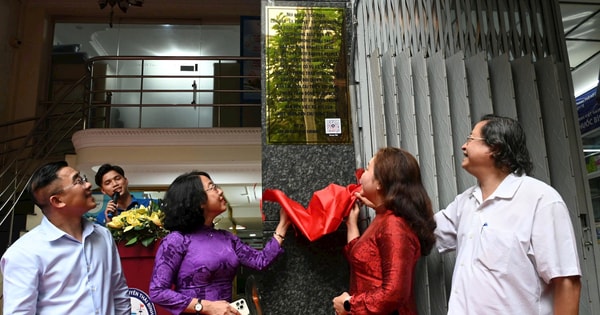

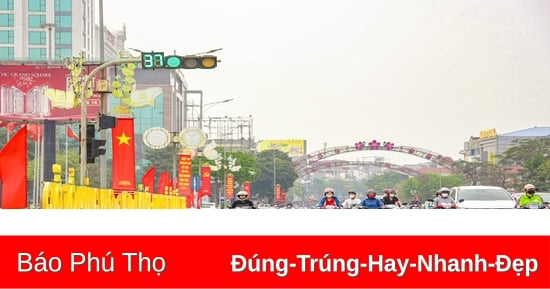
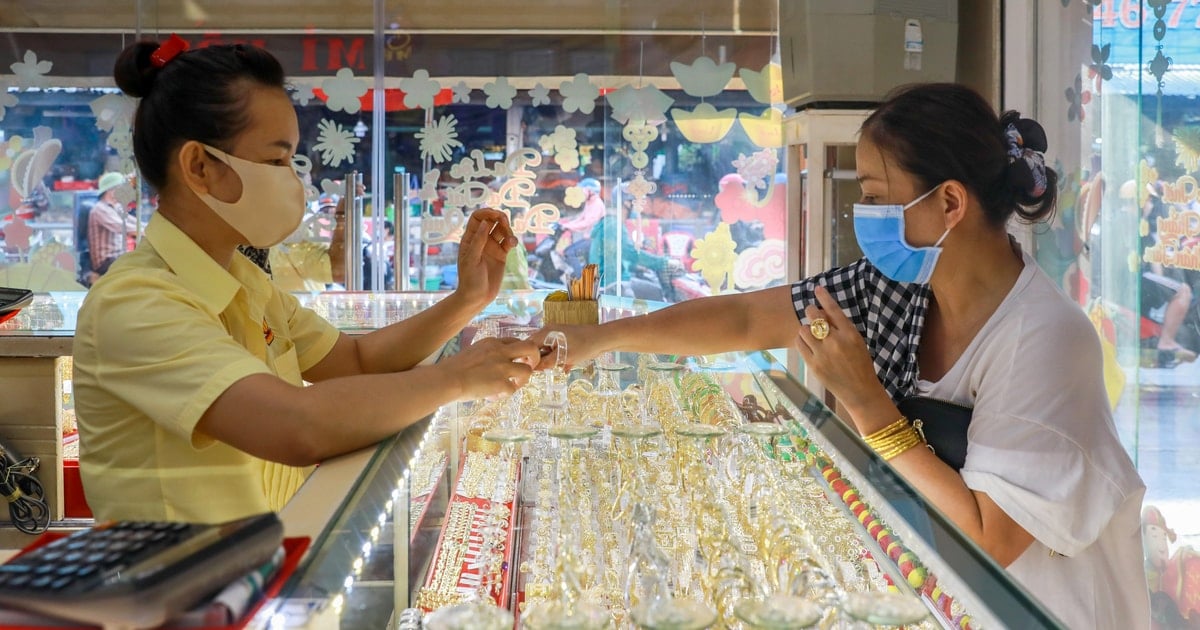
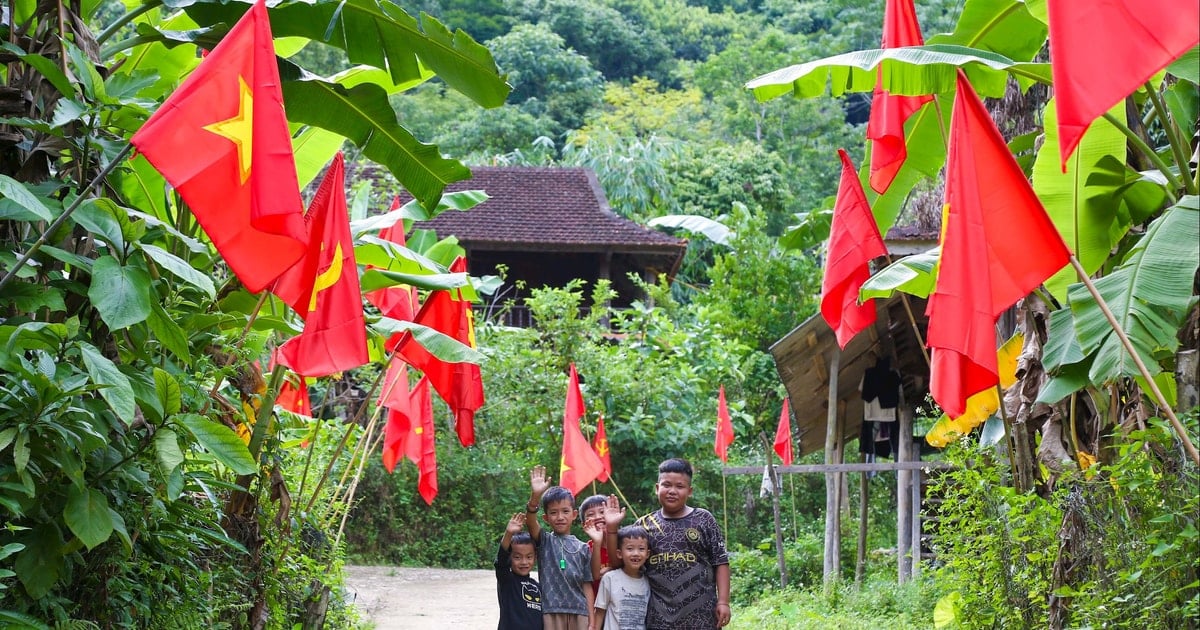
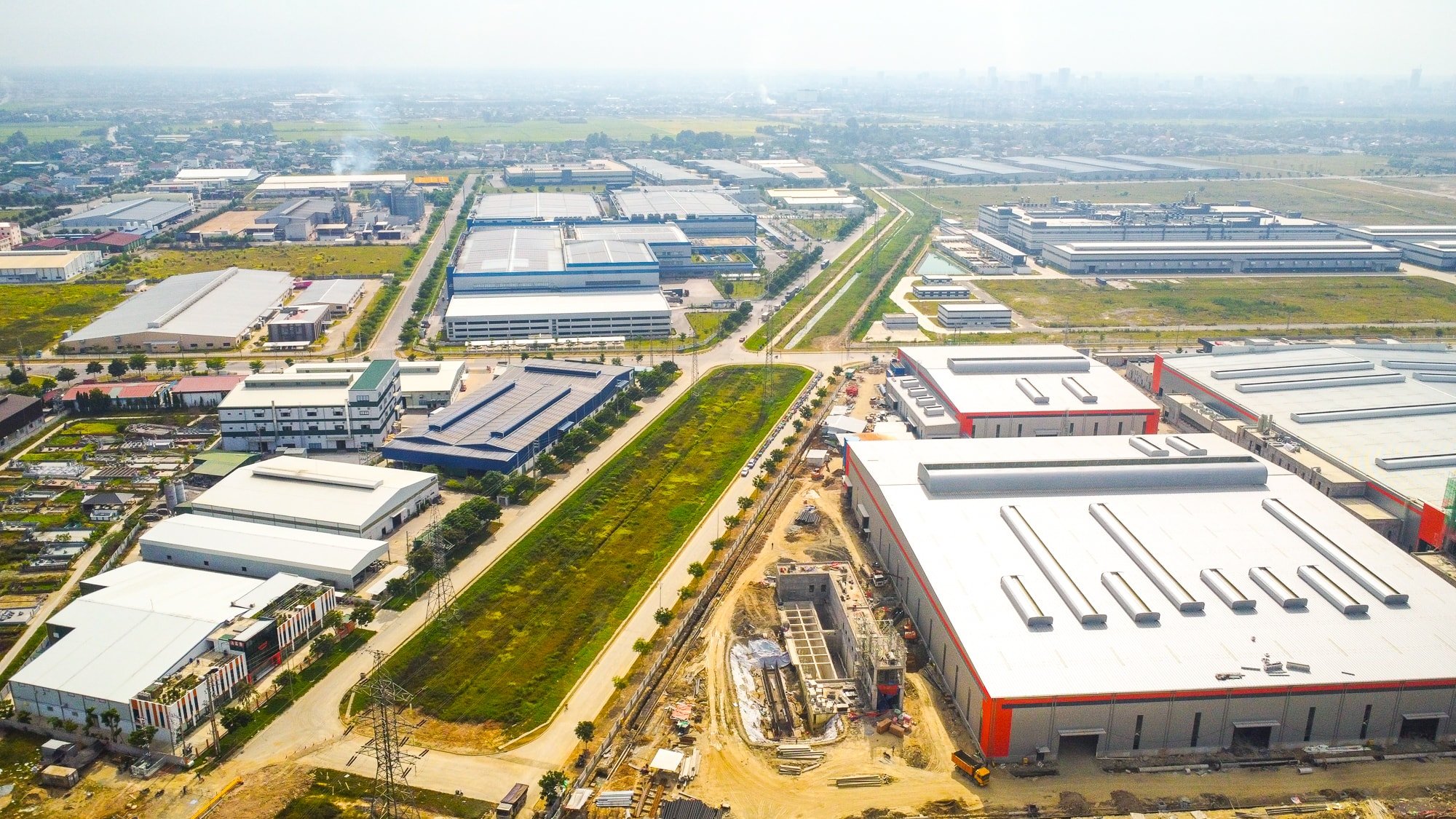
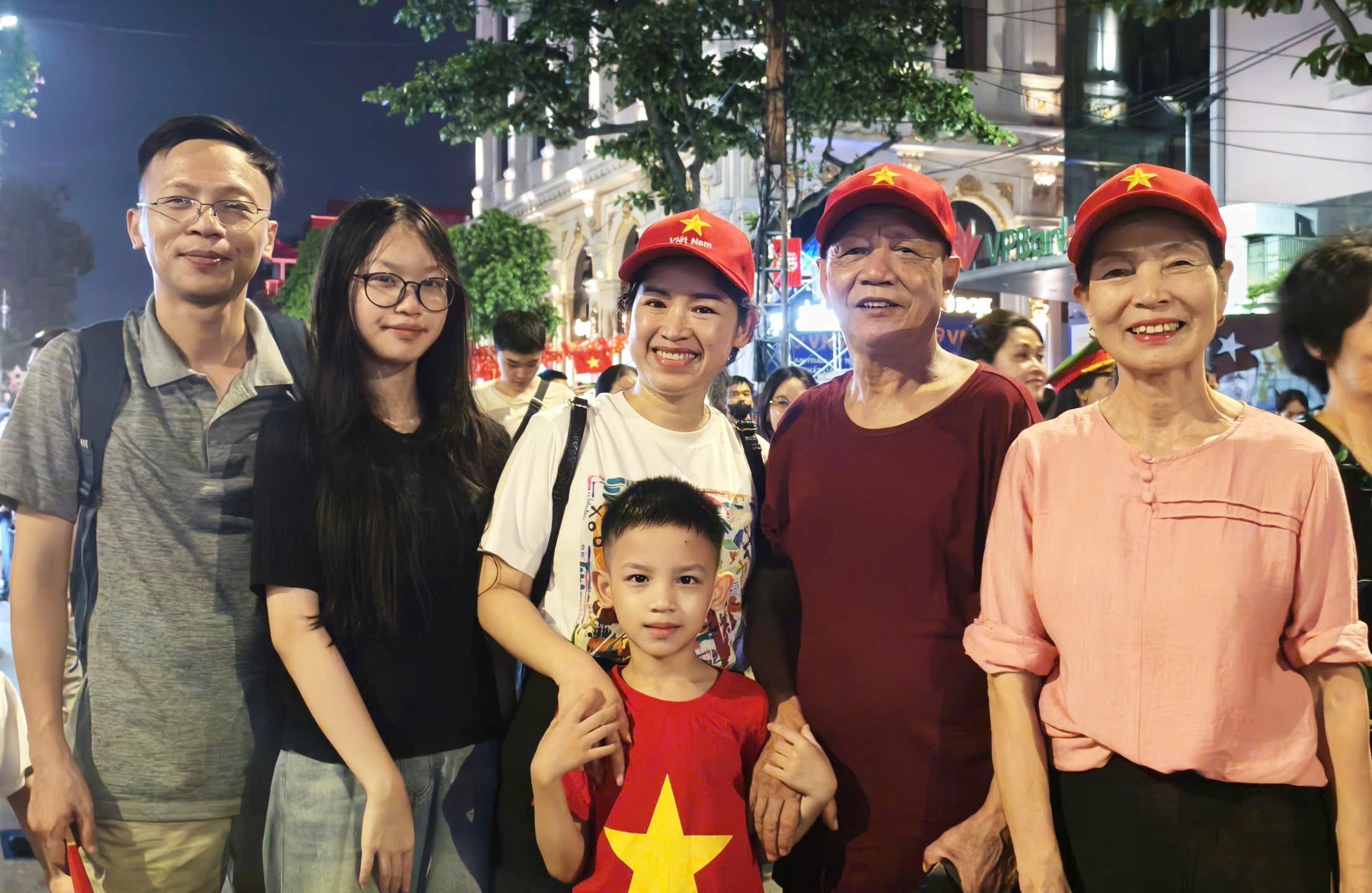
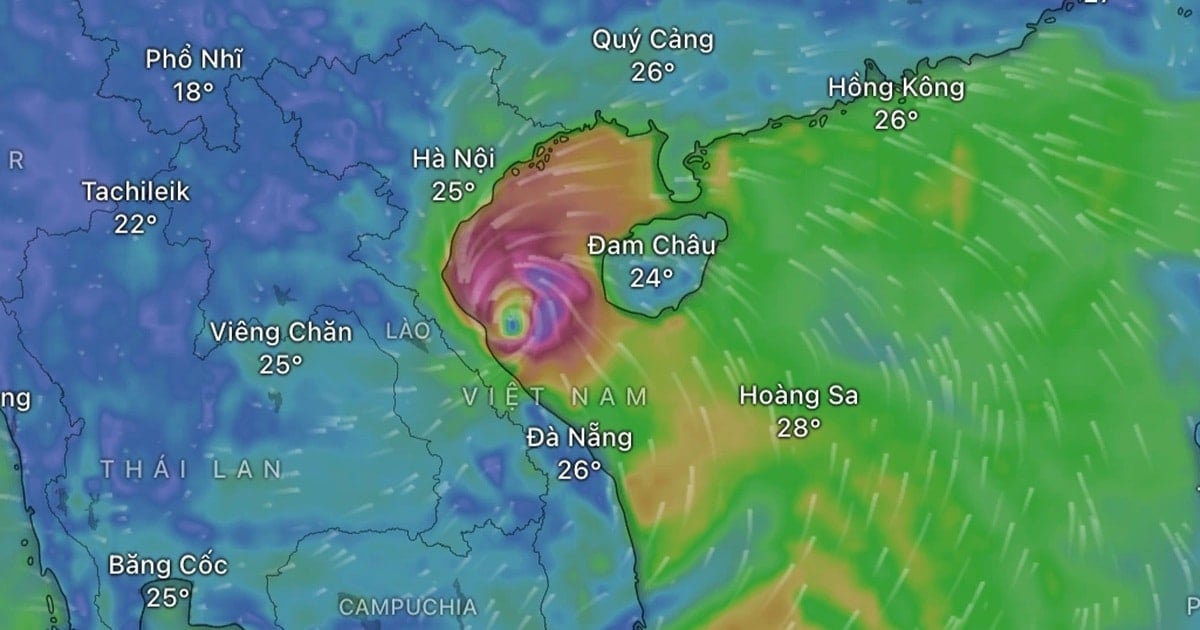
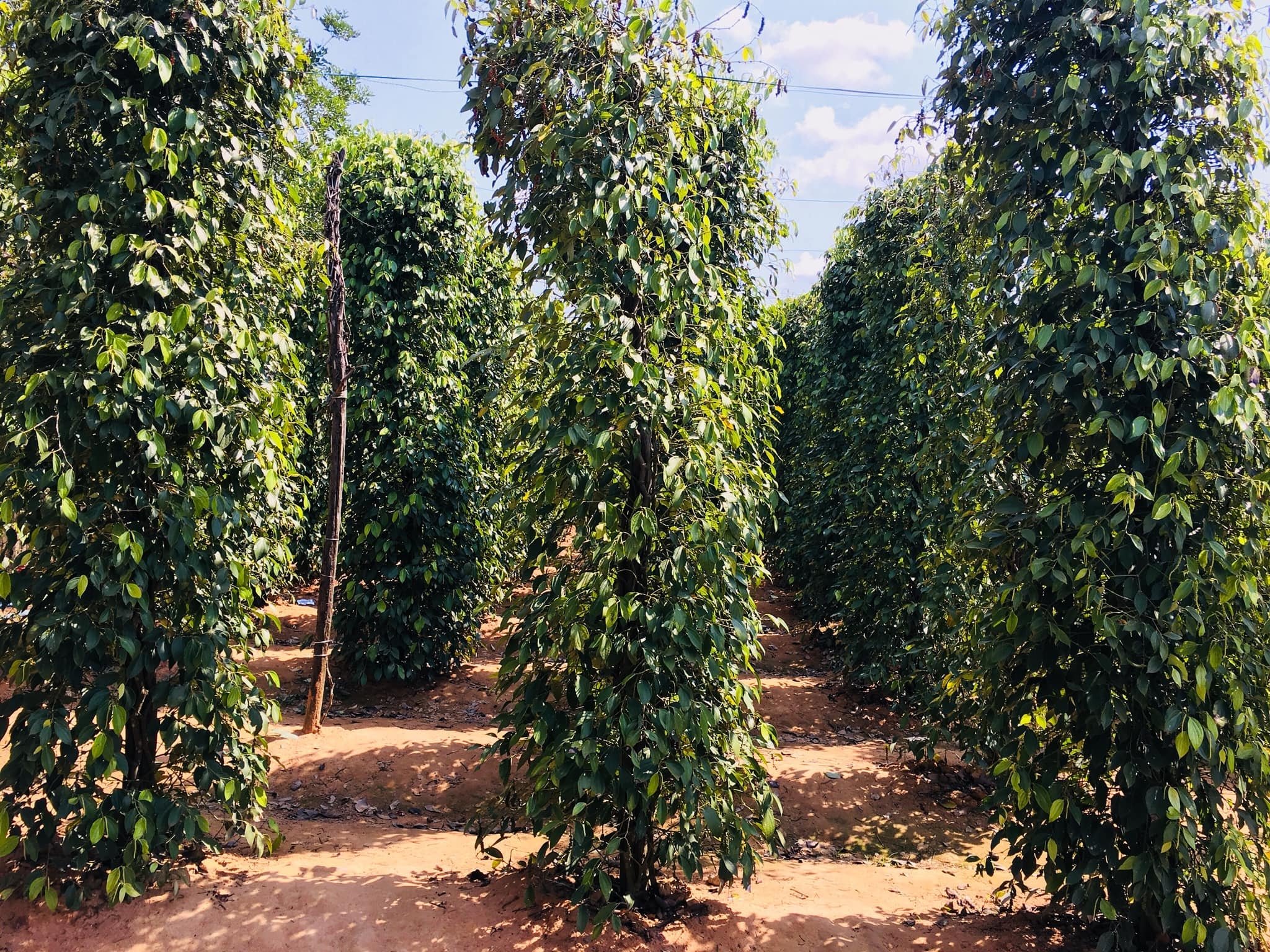



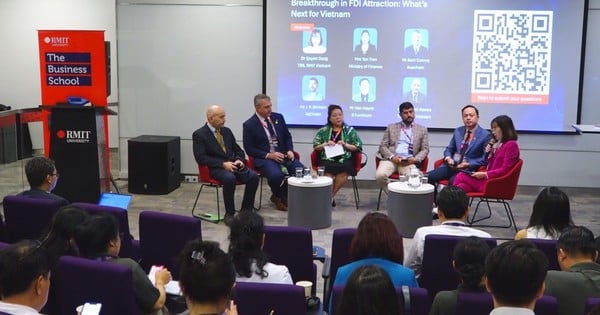

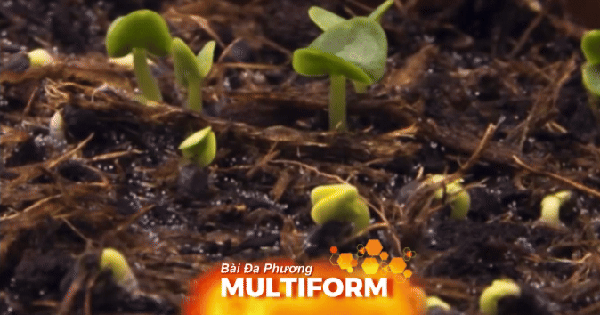
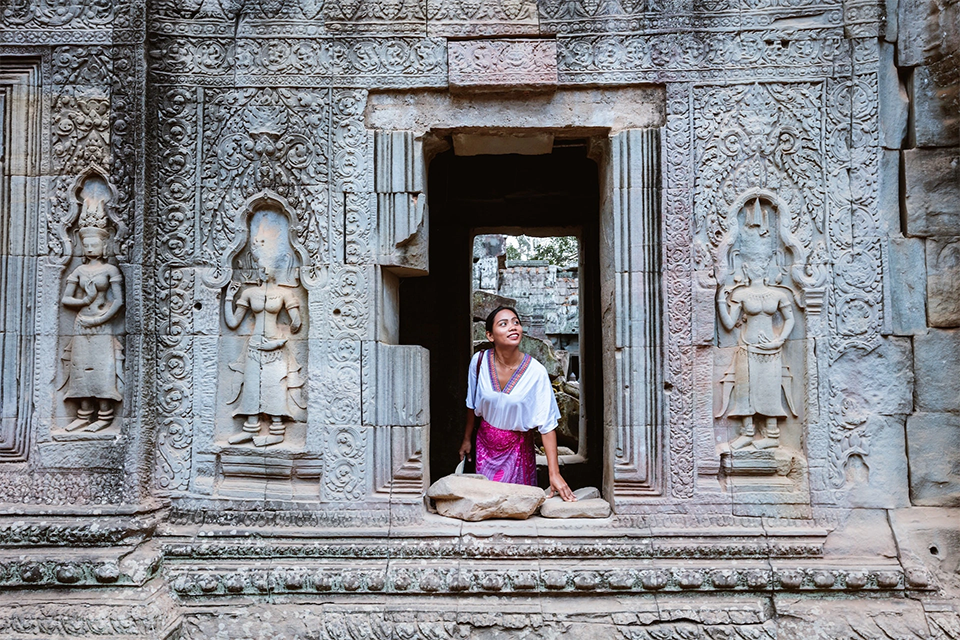
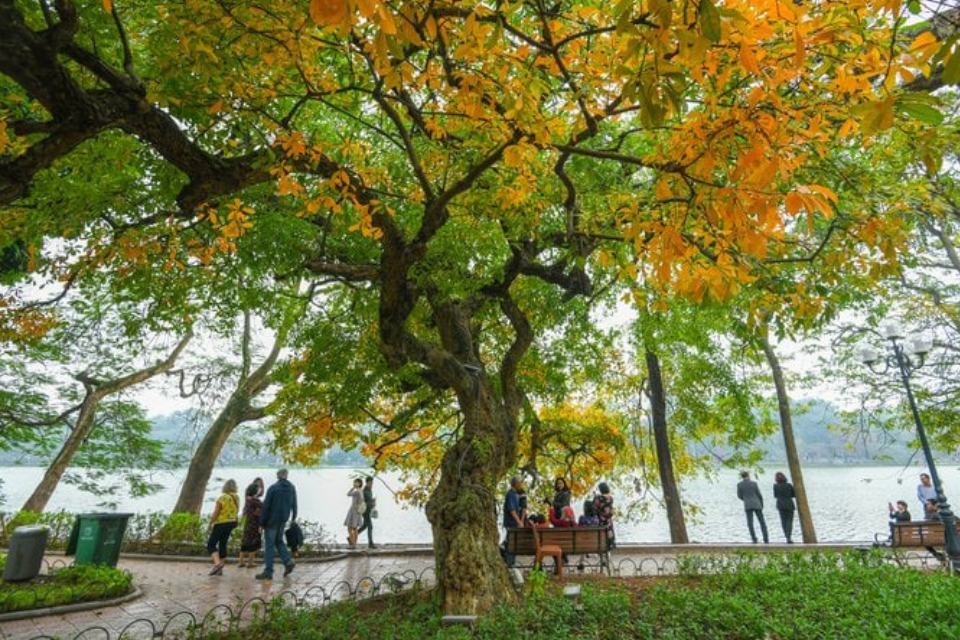
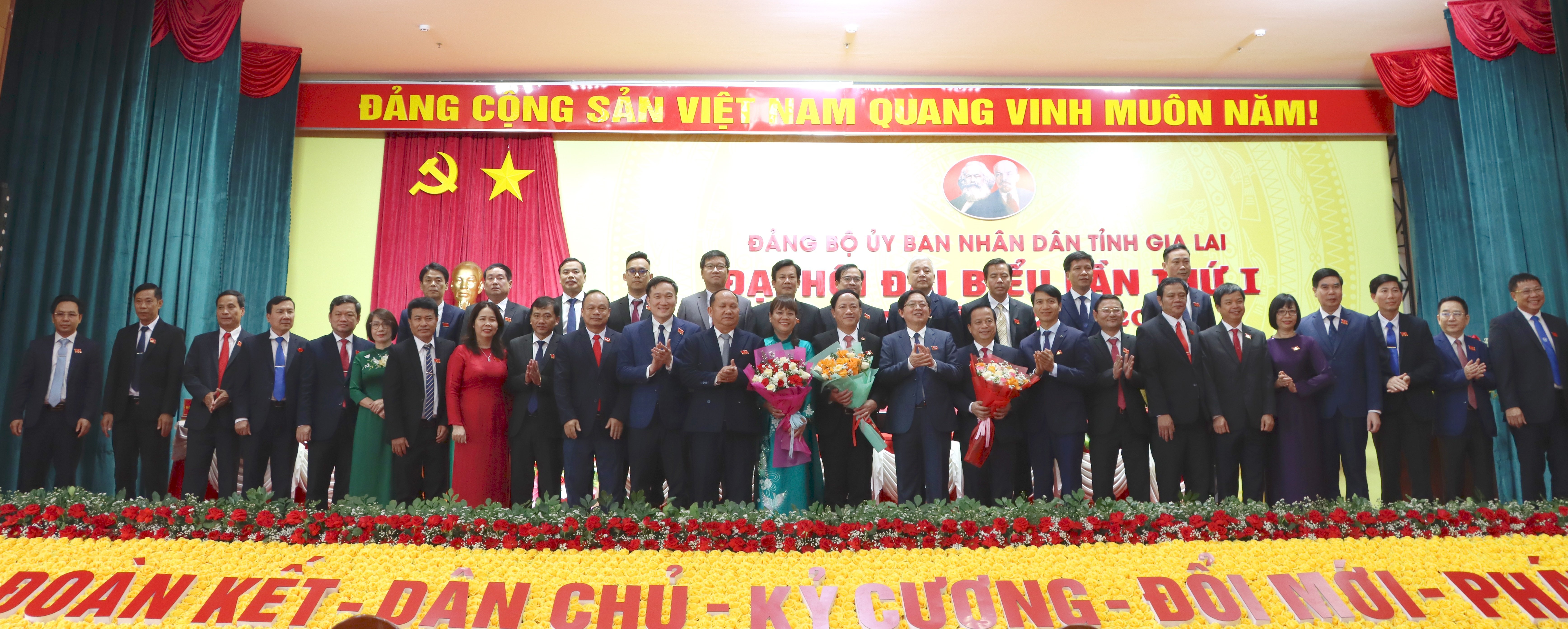
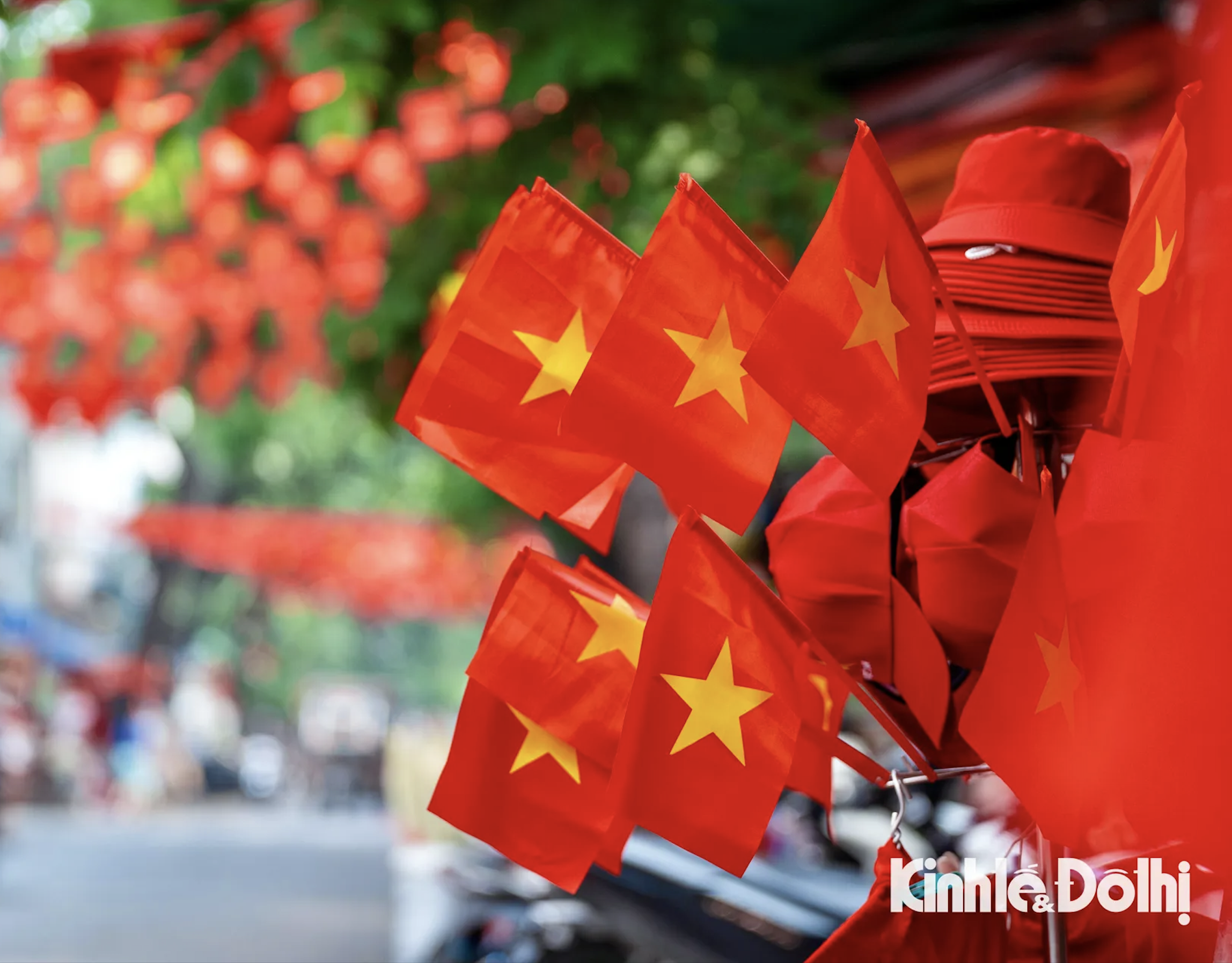


















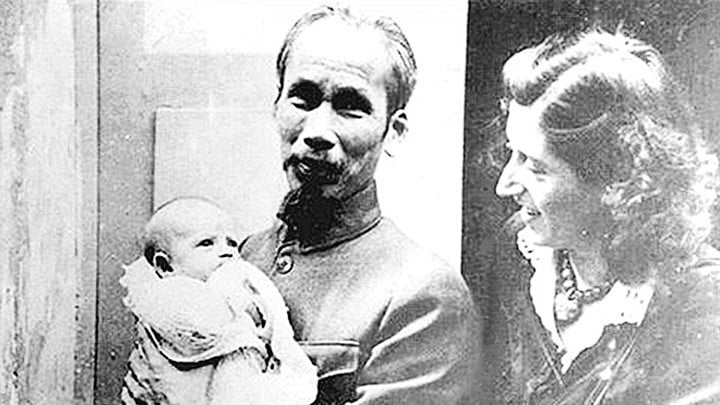
















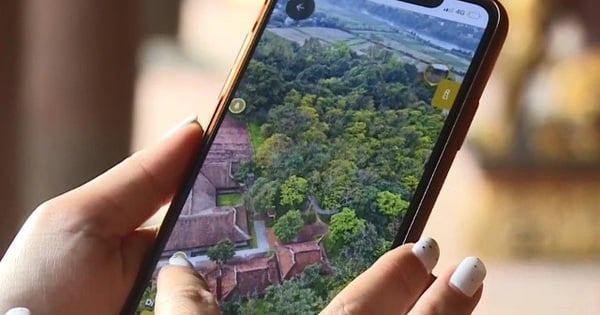

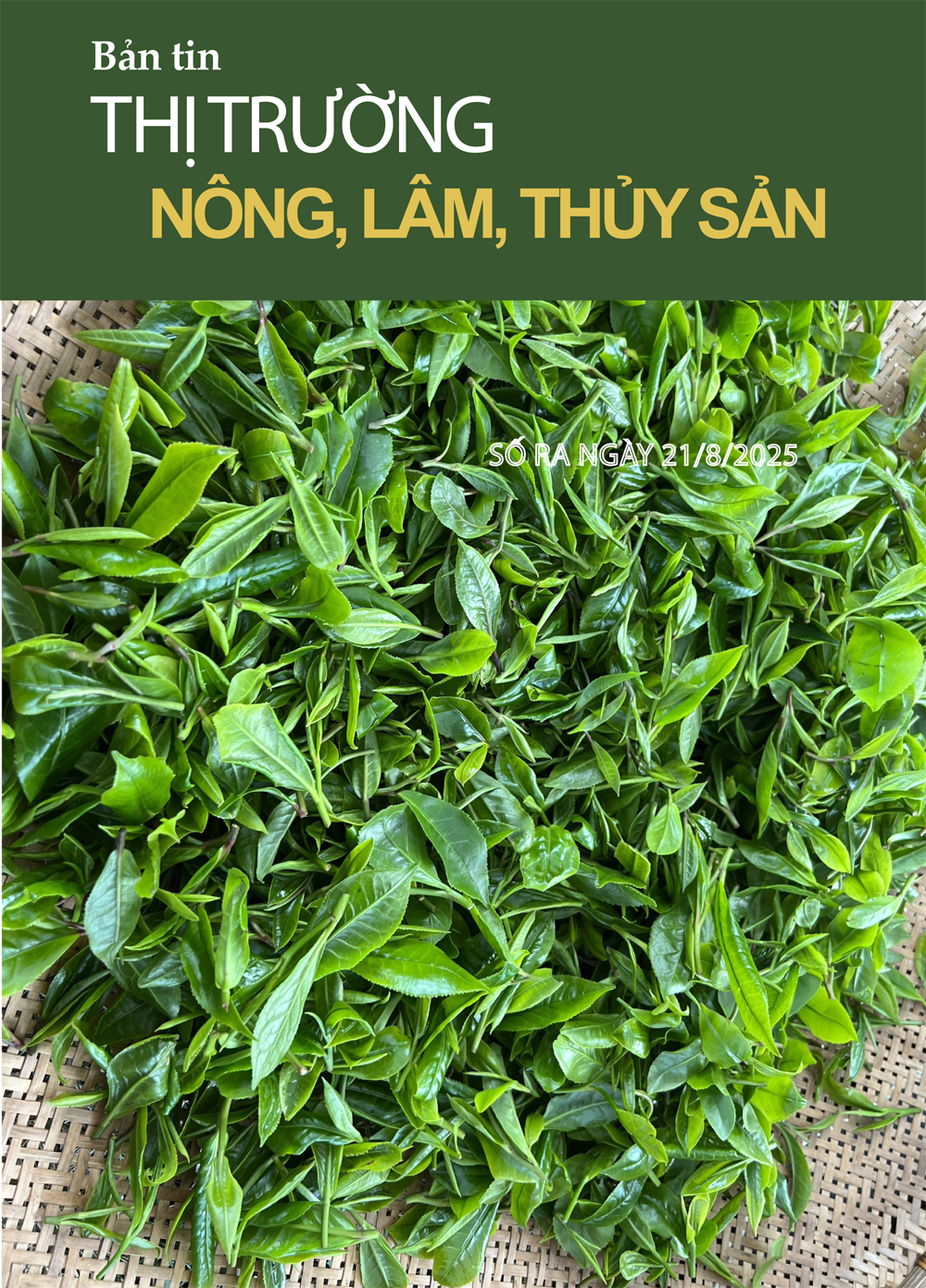




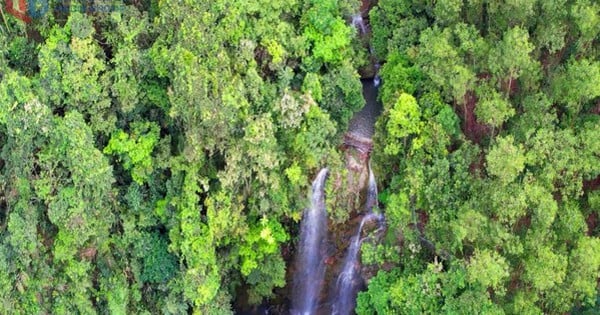
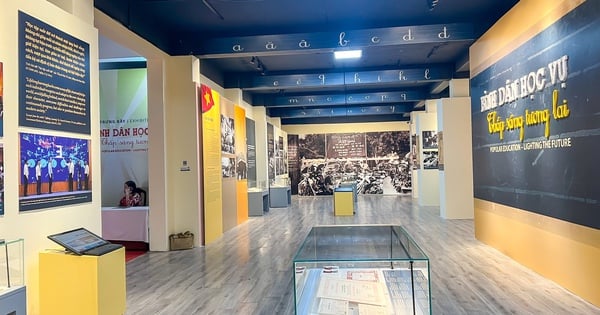


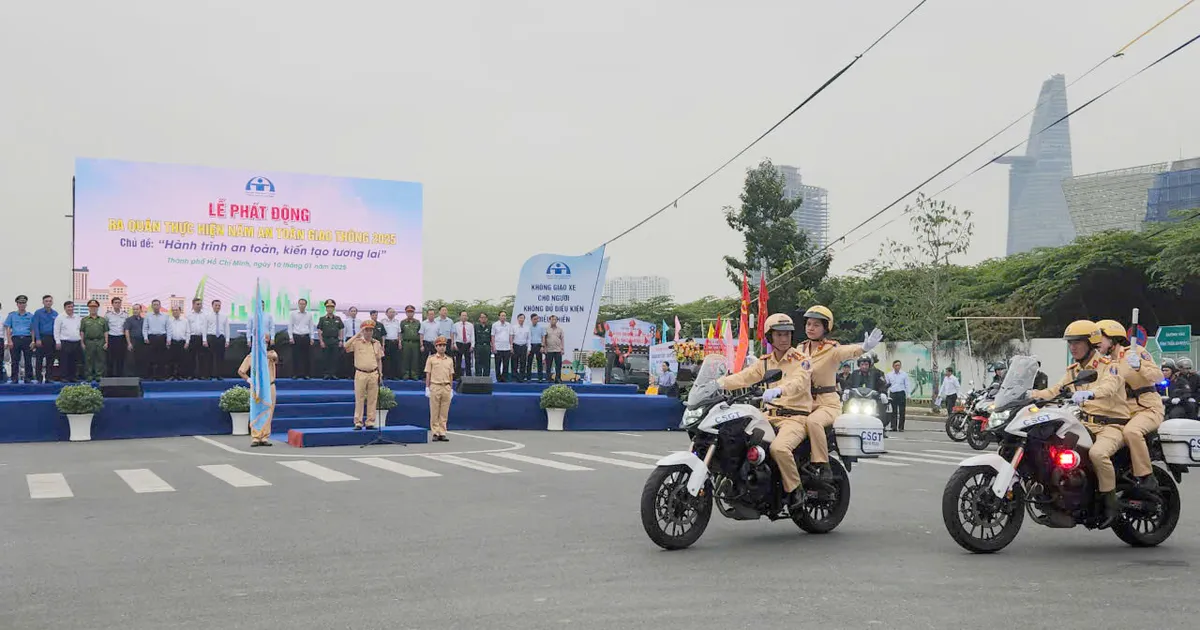
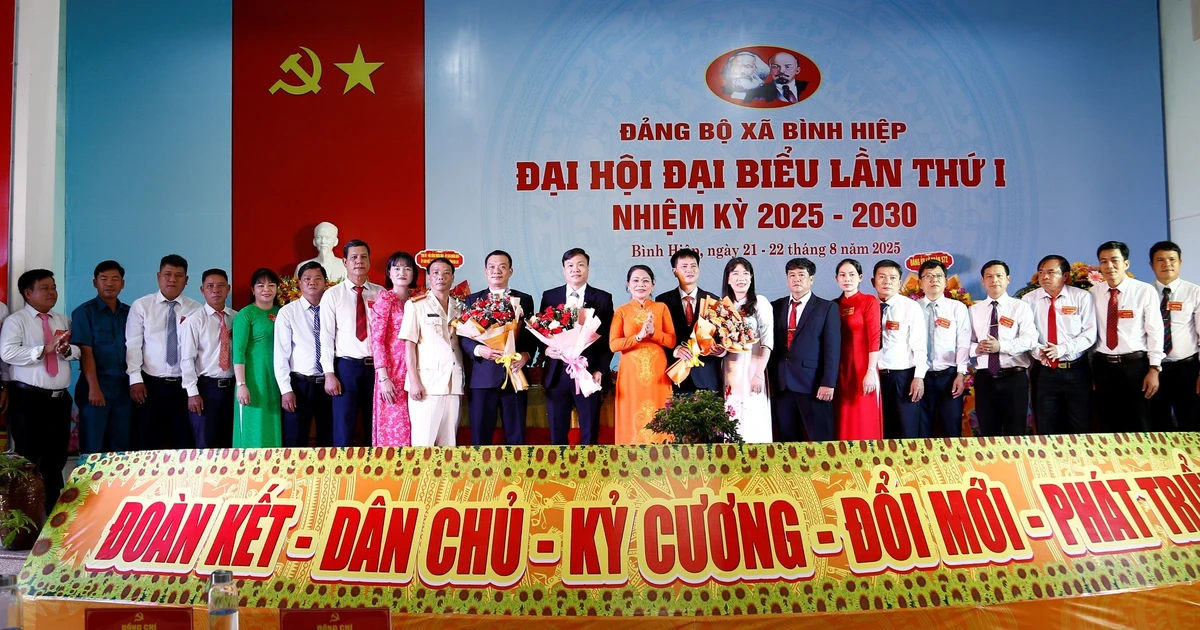

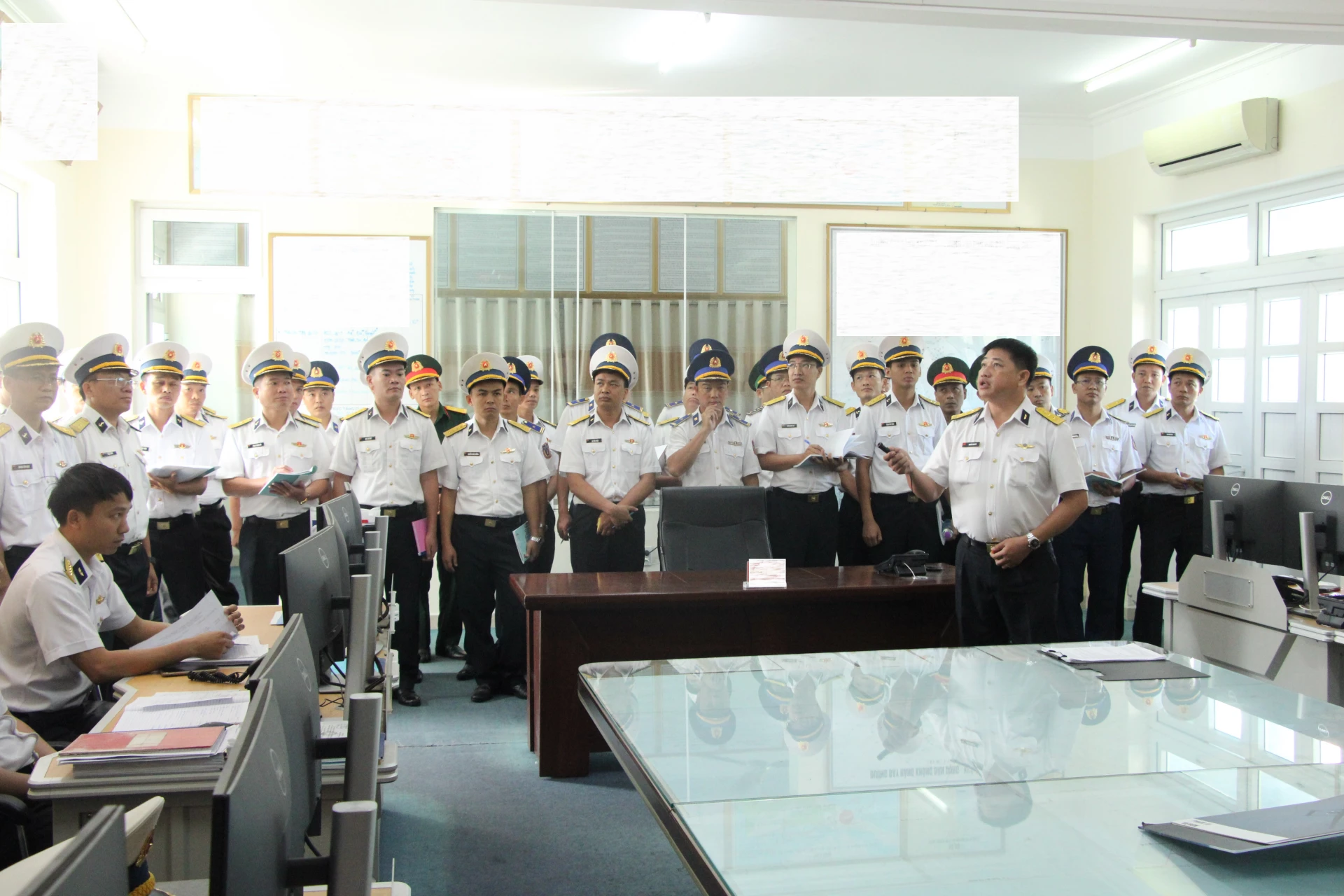

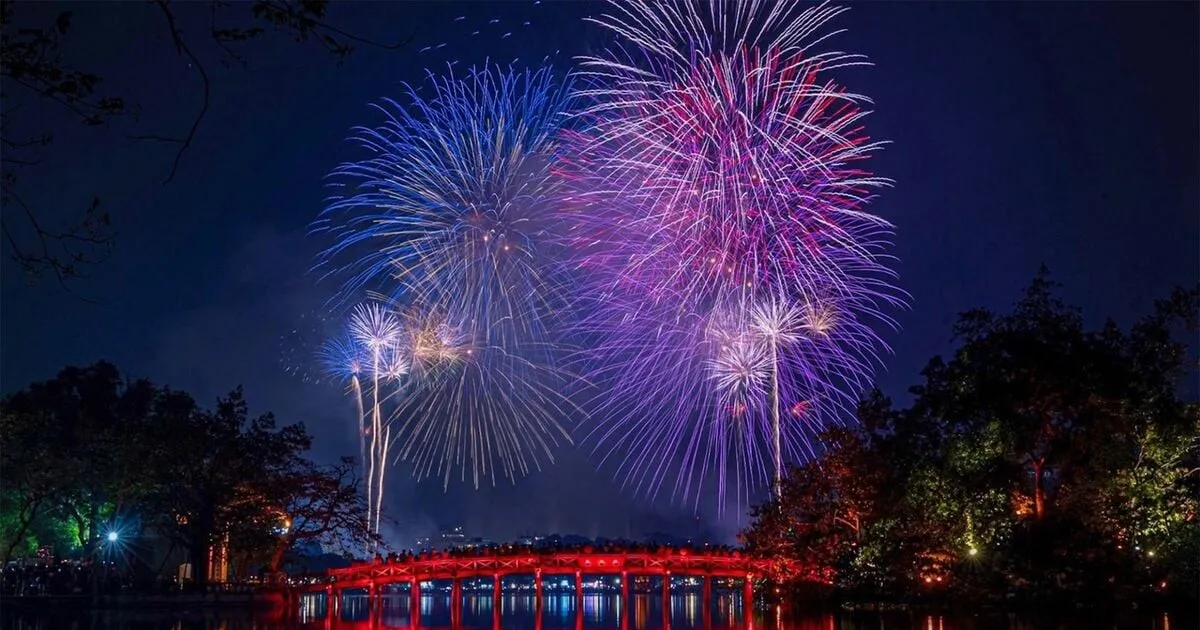
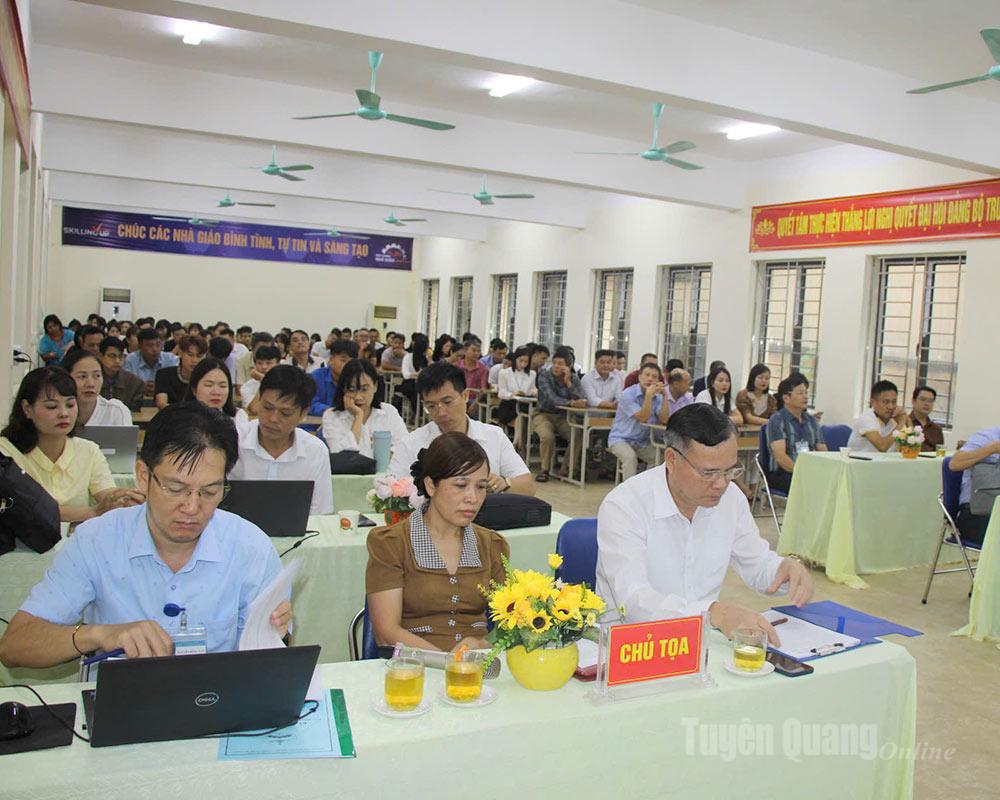














Comment (0)